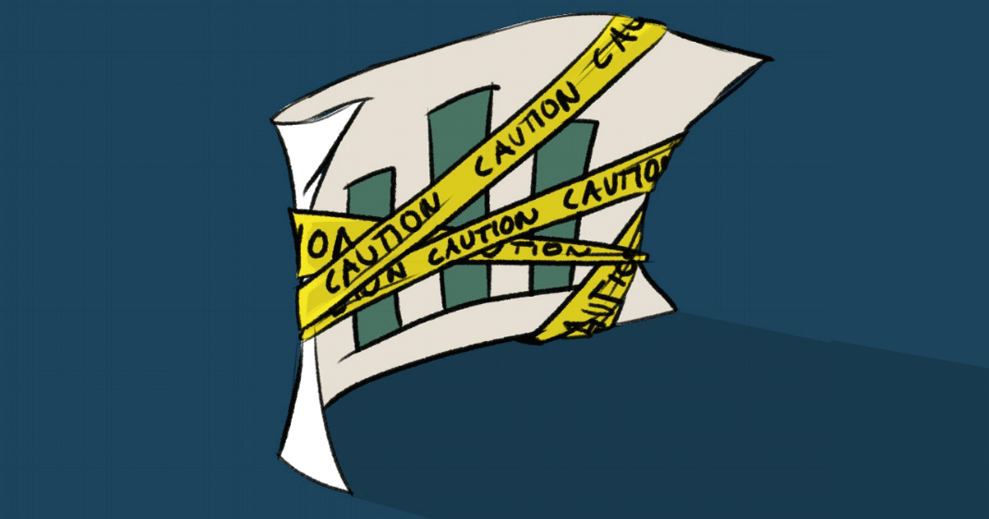
How to get the media attention your scientific study deserves

Sharon Dewar
Senior Vice President
The science of navigating media embargoes
Dear Scientists,
We get it. Science has a communications problem. Credible science is under attack – from discrediting climate science to defunding scientific initiatives across multiple national agencies and the removal of scientists from important government-appointed positions. The level of anti-science rhetoric and public confusion about who and what information to trust is deeply concerning to scientists and people who value science.
Never has it been more urgent for researchers to get their life’s work in front of, and understood by, the public.
Yet important research findings published in credible peer-reviewed journals often don’t receive the media attention they deserve. There are many reasons and opinions about why that is, but there’s one misstep that too many researchers innocently make that almost certainly assures their study is dead-on-arrival from a media relations perspective. And it’s a misstep you can easily avoid.
A media embargo gives journalists time to get the story right
After months or years of study, critical analysis and manuscript development, your study goes through a rigorous peer review process. If it’s deemed sound science worthy of publication, you receive golden notice that the paper has been accepted for publication in a journal. That notification is often accompanied by a stern warning that the study is under strict media embargo – the results are not to be published until a given date and time decided by the journal.
Now what?
Too often science researchers misinterpret this notification to mean they should not share the study with their press office, and certainly not share it with journalists, until after the media embargo is lifted. This is an incorrect interpretation and a big mistake. Waiting until after the embargo date and time to share your research with science journalists almost certainly assures your study will never receive much, if any, earned media attention.
How to ensure your next study gets press
The correct time to pitch the study and share the manuscript with trusted science journalists at credible media outlets – under strict confidential status (the embargo) – is a minimum of one week in advance of the embargo lifting.
Credible science journalists and media outlets will not violate the embargo – doing so would violate the journalism code of ethics and compromise their relationship with the science journal (and their reputation across the industry). No reputable media outlet would take that risk.
I’ve been working with scientists and journalists for decades and have never had a science journalist violate an embargo. But I’ve often (too often) seen researchers withhold information from their press officers about a study pending publication simply because they misunderstood the media embargo process. They want their research publicized, but they wait too long to share it. Even the day the journal publishes the study may be too late.
A common criticism of popular press among scientists is that they “get things wrong.” Sometimes they do. But researchers can help ensure accuracy by giving journalists ample time to review the research, conduct interviews, write the story and fact check. This is the point of a media embargo. It’s meant to give journalists time to get the story right. Upstanding science journalists respect the embargo process, and will publish their story at the date and time specified by the journal – and not a minute sooner.
Science has a communications problem, but we are working to address it by helping researchers identify the types of research that have potential to attract popular press, as well as understand the media process and appropriate timing to get those studies the media attention they deserve.
Bottom line: Notify a press officer the moment that study has been accepted for publication by a journal. It’s not only okay – it’s essential.


